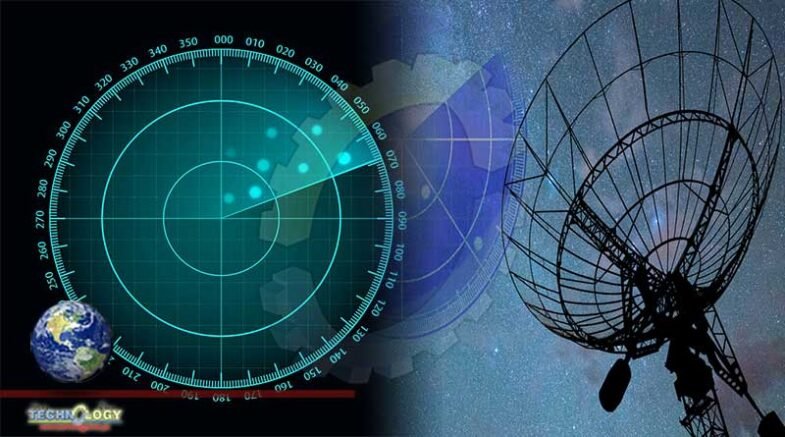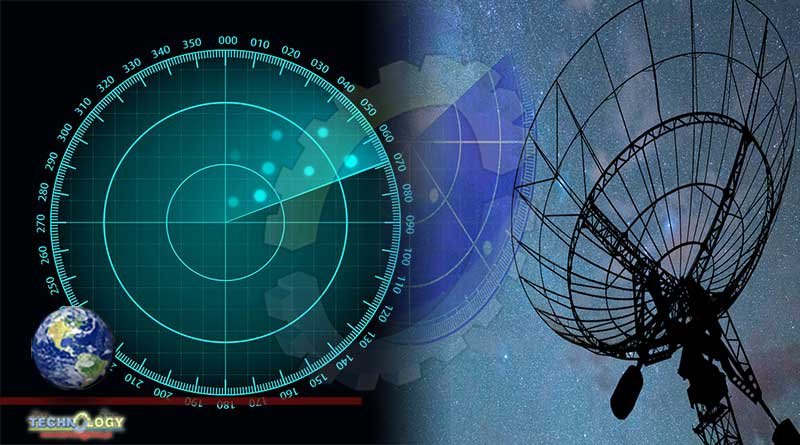How Radar works – Radar is one of the most important tools in a meteorologist’s toolbelt, but it is also one of the most complex.

Radar, an acronym for “RAdio Detection And Ranging,” is one of the most important tools in a meteorologist’s toolbelt, but it is also one of the most complex. Crucial for tracking tornadoes, hurricanes, or just plain rain- radar is the only way we can see inside a storm.
Radar “sees” objects by sending out blasts of radio waves and “listens” for the return “echo” as some of those radio waves get bounced back after hitting an object. By timing how long it takes for that “echo” to return, radar can determine how far the object is from the radar site. Just like how you could guess how deep a hole is by yelling and waiting for the echo, or a bat using echolocation to avoid obstacles in flight.
But determining the location of something is just one aspect of what radar can do!
By studying the amount of radio energy that returns, called reflectivity, a radar operator could determine the size, shape, number, and material of an object. Take our weather radar, for example, a trained meteorologist can look at a map of reflectivities and determine whether it’s rain or snow, how much is falling, and whether or not there’s hail in a storm just based on colors alone!
A special form of radar, which both meteorologists and law enforcement use, can determine the speed of an object as well through the Doppler effect. This is incredibly important as it allows us to see rotation inside a storm, and possible tornadic activity. Explaining how radar works is a story for another time.
There are limits and downfalls to what radar can do based on physics and technology, one big one is that radar cannot “see” clouds, as the water droplets that make up clouds are too small.
But by utilizing radio waves, we have a tool to detect and study objects well outside of what our vision allows. For meteorologists like myself, it’s an unprecedented real-time view through the clouds & inside a storm. For the military, it’s an early warning system. For astronomers, it’s a way to monitor asteroids on a possible collision course with Earth. And for some local scientists, it’s a new way to track migrating bird populations. That story is coming up next week.
Originally published at Couton 2
